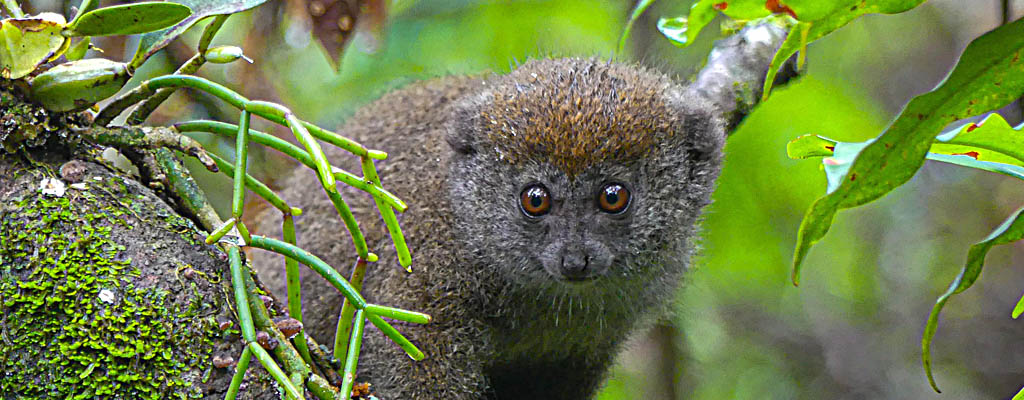
The Wildlife of Madagascar
We have gathered in this website the 8 databases of the wildlife of Madagascar. This private initiative is being consolidating in one single place the list and classification of the wildlife of the island as several documents have been published but scattered in different locations. Researchers, students, naturalists can take advantage of the present database. It is also dedicated to tourism professionals and travelers for any wildlife expeditions and trips to Madagascar.
The databases in this site include the lists of Amphibians, Bats, Birds, Carnivores, Lemurs, Reptiles, Rodents and Tenrecs. Insects are not yet described here.
We hope that this work can contribute a little bit more in the preservation of the beautiful and unique wildlife of the big Island.
Any suggestions and remarks regarding the present work are very welcome by contacting us.
Madagascar, the Island continent
Madagascar, with a surface area of around 582,000 sq. km, a length of 1600km is the fourth largest island in the planet.It was part of the Gondwanaland some hundreds of years ago and then drifted away from India and the Africa mainland.
Now, Madagascar is situated in the south eastern coast of the African continent, precisely between the Mozambique Channel and the Indian Ocean. Known for its extraordinary biodiversity, the development of native fauna and flora have been the result of this early separation from Africa mainland.
Madagascar’s wildlife and vegetations are particularly rich and remarkable as more than 80% are found only in the Island and nowhere else and Madagascar’s lemurs are the most famous of them. For these reasons, this Island continent is considered as an open-sky laboratory. A living museum by many researchers. Despite the conservation efforts by many organizations, many species are being endangered. A high pressure on the natural habitats are the main reasons despite the implemented conservation measures by authorities and many local and international NGOs as well as Associations. More efforts will also have to be done involving more efficiently the local population. Global warming awareness and sustainability should be more involved in the education of the youngsters as they will the future main stakeholders of the conservation and preservation of their own direct natural environment.










